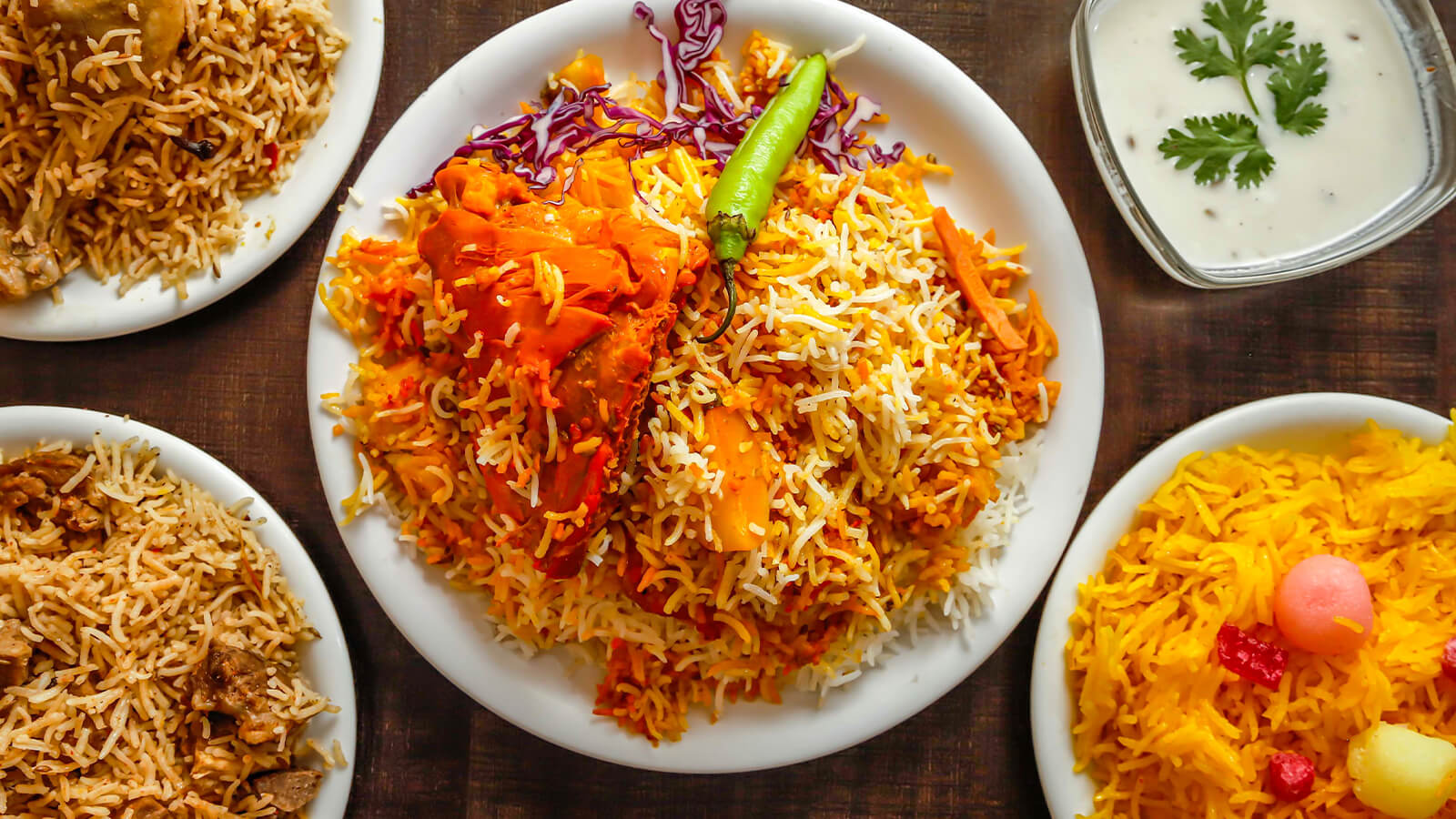Turmeric (Haldi): A Reawakened Relic of Ayurvedic Traditions

When I was younger I sprained my ankle playing basketball. Ankle sprains are common in basketball, but that doesn't mean they won’t have you yelling for mommy. My parents were ready with a treatment on hand, Haldi (Turmeric). They claimed it was a herbal medicine that would "absorb the pain". I was immediately skeptical -- but my parents insisted I try it. I followed the R.I.C.E. (Rest, Ice, Compress, and Elevate) protocol but added an extra step where I rubbed Turmeric all over my ankle before wrapping it. They failed to mention the vibrant stain it leaves behind. I still remember the puzzled look on my friends faces when I showed up to school limping on a bright yellow ankle. Recently, I sprained my knee. After limping for days, I gave into the same treatment, a Turmeric wrap. I felt great the next day, it was as if the pain was sucked away. Now, I know what you're thinking (and I'm with you), it's most likely a coincidence. But it made me curious, how did this plant develop its massive reputation?

As a Westerner, I’ve always given alternative medicine the cold shoulder but recent research has legitimized Curcumin’s powerful effects. Curcumin may have anti-inflammatory, antimicrobial, antiviral, antioxidant, antigiogenic, antidiabetic and perhaps even anticancer properties. Research states that it may even be more effective than ibuprofen for those suffering from osteoarthritis. I had to learn more about this alleged magical plant.
It turns out Turmeric is a member of the ginger family and is made from the tuberous roots of the plant Curcuma longa. Curcumin is the active ingredient in Turmeric responsible for its medicinal benefits. It’s also what gives Turmeric its vibrant yellow color. The effects of Curcumin have been studied for hundreds of years but for unexplained borderline conspiratorial reasons were not given the time of day by Western Medicine. Asian cultures have known about the Turmeric secret for some time now. It is commonly used in Asian food (especially in Curry). It’s also been used in Chinese and Ayurvedic medicines for thousands of years. Initially it was used to help heal wounds but its uses have grown since. In 2016, the interest in Turmeric is at an all-time high. Public interest combined with scientific research have led it to a prominent place in household spice racks and possibly medicine cabinets.
Researchers have focused heavily on its anti-inflammatory properties. As someone suffering from arthritis and alarmed by the FDA’s new stronger warning labels on Ibuprofen and similar anti-inflammatory medicines, Turmeric seemed like the smarter choice. Not only is it shown to reduce pain & inflammation, but it may also improve functional movement for those suffering from knee osteoarthritis.
There’s a catch. Turmeric by itself may not provide the full health benefits people are looking for. Though research shows that doses up to 12g/day in Humans may be safe, Turmeric exhibits poor bioavailability. Current recommended methods to increase its bioavailability include mixing it with black pepper & fats.
After diving into the research, it is evident that our ancestors had something right. My Turmeric journey has transformed my perspective on alternative medicine, from the days of doubting my parents to reading research papers testing it for conditions I didn’t know existed. To this day, I take pride in maintaining a healthy skepticism of herbal medicine, but it’s hard to deny that Tumeric is turning out to be a medicinal powerhouse.





